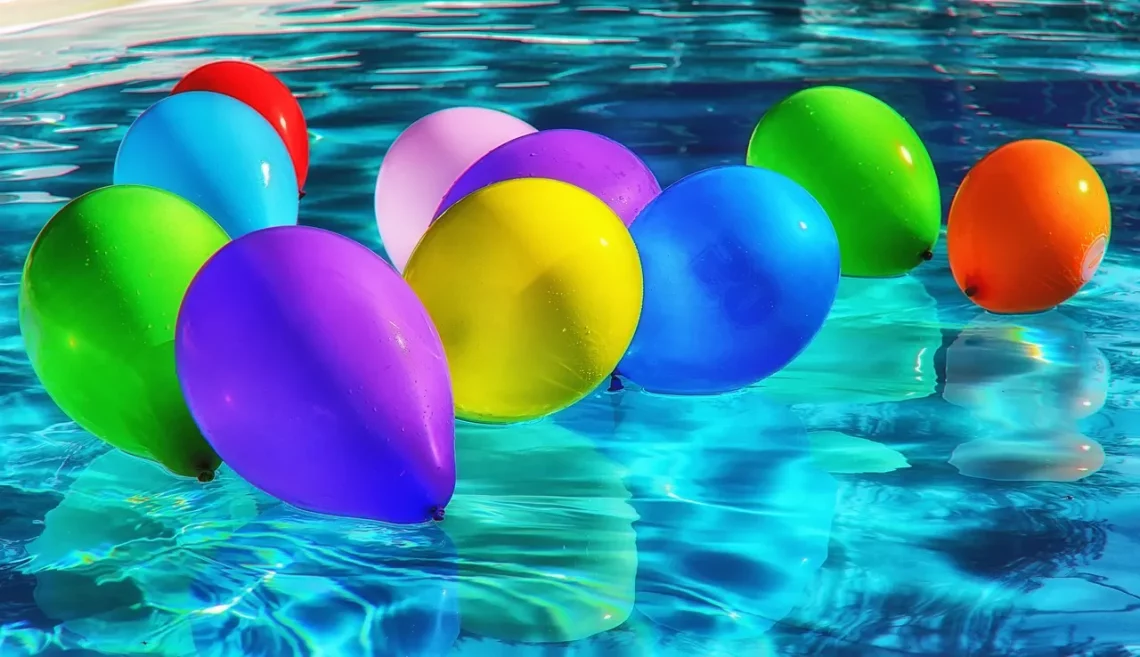
Discover the Best Cue for Your Pool Game Success
The game of pool is not just a pastime; it’s an art form that combines skill, strategy, and a touch of luck. To excel in this beloved cue sport, players must hone their skills and develop a deep understanding of the game. However, one often overlooked aspect of achieving success in pool is the importance of selecting the right cue. The cue is not merely a stick used to strike the balls; it is an extension of the player’s personality, technique, and style.
Choosing the best cue can significantly affect performance, enhancing accuracy and control while playing. With a plethora of options available, from budget-friendly to high-end cues, navigating this landscape can be daunting. Factors such as weight, length, material, and design all play a crucial role in determining which cue will best suit an individual’s playing style.
In addition to personal preferences, understanding the nuances of cue construction can empower players to make informed decisions. Whether you are a beginner, an experienced player, or somewhere in between, the right cue can elevate your game to new heights. This article delves into the essential factors to consider when selecting a cue, ensuring you make a choice that aligns with your goals and enhances your overall pool-playing experience.
Understanding Cue Construction and Materials
When it comes to pool cues, the materials used in their construction are paramount. The most common materials for cue shafts include maple, ash, and fiberglass. Maple is often favored for its smooth feel and ability to provide a consistent hit. Ash, with its unique grain patterns, offers both strength and flexibility, making it a popular choice among professional players. Fiberglass cues, on the other hand, are durable and resistant to warping, making them ideal for casual players or those who travel frequently.
The butt of the cue is another critical component, often made from hardwoods like maple or exotic woods such as rosewood and ebony. These materials not only add aesthetic appeal but also contribute to the cue’s overall balance and feel. A well-balanced cue enhances a player’s ability to control shots and achieve precision.
In addition to the wood type, the finish of the cue can also impact performance. A smooth finish can reduce friction and improve slide, while a textured finish might provide better grip for players who prefer a firmer hold. The choice of tip is equally vital, as softer tips provide more control and spin, while harder tips offer better durability and a sharper hit.
Understanding the construction and materials of a cue is essential for players seeking to improve their game. By selecting a cue that aligns with their preferences and playing style, players can enhance their overall performance and enjoy the game even more.
Choosing the Right Cue Weight for Your Playing Style
The weight of a cue is a critical factor that can significantly influence a player’s performance. Cues typically range from 16 to 21 ounces, and the right weight often depends on individual preferences and playing style. A heavier cue can provide more power and stability, making it easier to drive the cue ball with force. However, it may also require more effort to control and maneuver, particularly for intricate shots.
Conversely, lighter cues allow for quicker movements and finesse, making them suitable for players who prefer precision over power. These cues can be beneficial for executing delicate shots or when playing in tight spaces.
It’s essential to consider how a cue’s weight affects your stance and stroke. Beginners might find it helpful to experiment with different weights to determine which feels most comfortable. Many players gravitate towards a weight that feels natural and allows for fluid motion without causing fatigue.
In addition to weight, the balance of the cue plays a crucial role in how it feels during play. A well-balanced cue allows for smoother strokes and better control, enabling players to execute their shots more effectively. Players should consider the weight distribution of the cue—whether it feels more weighted towards the tip or the butt—and how this impacts their shooting style.
Ultimately, finding the right cue weight involves personal experimentation. Players should take the time to test various cues and understand how weight affects their game. This consideration will lead to improved performance and a more enjoyable playing experience.
The Importance of Cue Length and Size
The length of a cue is another crucial element that can affect a player’s performance on the pool table. Cues typically range from 57 to 59 inches in length, but the ideal size often depends on the player’s height and arm length. A cue that is too long or too short can hinder a player’s ability to execute shots effectively.
For taller players, a longer cue can provide better reach and leverage, allowing for more comfortable positioning during play. Conversely, shorter players might benefit from a cue that allows for better control and maneuverability. It’s essential for players to find a cue length that complements their body proportions to enhance their gameplay.
In addition to length, the diameter of the cue tip can also impact performance. Standard tips are usually around 12 to 14 millimeters in diameter. A smaller tip allows for greater control and spin, while a larger tip can provide a more solid hit and less deflection. Players should consider their playing style when choosing tip size, as it can influence their ability to execute particular shots.
Moreover, the grip of the cue is vital for maintaining control during play. A comfortable grip can enhance a player’s confidence and ability to focus on their shots. Players should look for cues that offer ergonomic designs or textured grips that feel secure in their hands.
Ultimately, selecting the right cue length and size is about finding a balance that feels comfortable and facilitates an effective stroke. Players should take the time to choose a cue that fits their physical attributes, ensuring they can play at their best.
Custom Cues vs. Off-the-Shelf Options
When it comes to purchasing a cue, players often face the choice between custom cues and off-the-shelf options. Custom cues are designed to meet the specific needs and preferences of the player, often resulting in a more personalized experience. These cues can be tailored in terms of weight, length, materials, and design, making them ideal for serious players seeking to optimize their game.
The primary advantage of custom cues lies in their ability to cater to individual preferences. Players can collaborate with skilled craftsmen to create a cue that feels just right in their hands. This level of personalization can lead to improved performance and a greater sense of connection to the game.
However, custom cues can be significantly more expensive than standard options. For beginners or casual players, off-the-shelf cues may provide a more practical solution. These cues are typically more affordable and readily available, making them a convenient choice for those just starting out or looking to play for fun.
While off-the-shelf cues may not offer the same level of customization, many brands produce high-quality cues that can meet the needs of various playing styles. Players should consider their budget and commitment to the game when deciding between custom and standard cues.
In conclusion, whether opting for a custom cue or a more affordable off-the-shelf option, the right choice can significantly impact your overall experience in pool. Players should take their time to understand the benefits of each option and make a decision that aligns with their goals and playing style.
By considering the factors discussed above, players can enhance their pool game and enjoy the sport to its fullest. Remember, the right cue is not just a tool; it’s an extension of your skill and passion for the game.




